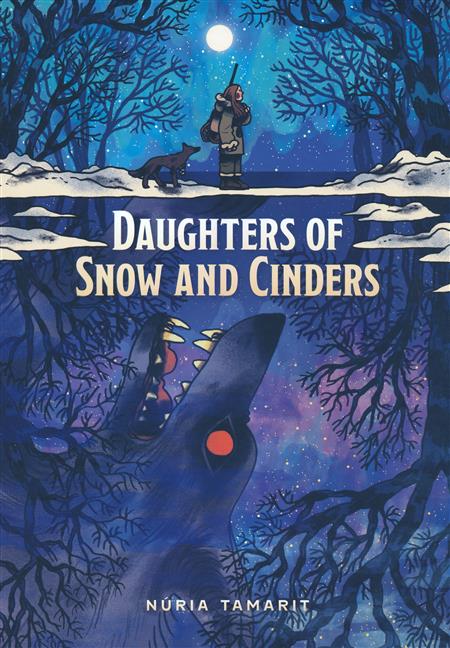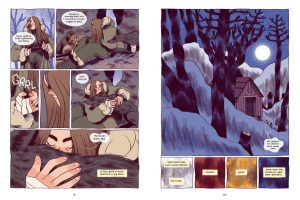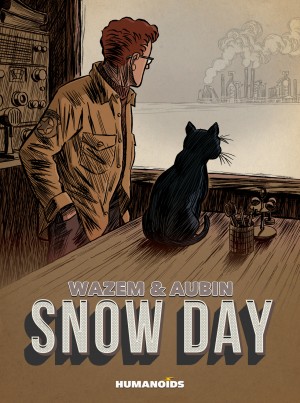Review by Frank Plowright
Daughters of Snow and Cinders is an epic adventure of the type that could have been conceived by Jack London, the title echoing his Daughter of the Snows. There’s respect and awe for nature in the harshest conditions, yet with an infusion of distinctly current concerns. The exact period is never established, but it predates mechanised transport. Joana has heard it’s possible to go on an expedition in the Northern cold and return with enough gold to be set up for life, but expeditions are run by men, who don’t want women around. They barely put up with Tala, who’s known to be an excellent guide, yet who Joana sees brutalised by her father. Joana’s not one to be fobbed off by being left behind, though, and tracks the expedition, whose leader, Matwei becomes ever more greedy and ruthless.
Núria Tamarit’s concentration is on three women, each of whom is well rounded with hopes and aspirations, whereas all men featured are defined by a single characteristic, yet there are more than enough graphic novels where the reverse is true. Tamarit’s adoption of a winterland trek takes the usual route of accentuating the harshness of the conditions, yet via a haunting illustrative beauty, the art an expressive illustrative style often found in European children’s books. Colour is an important aspect, muted in supplying the cold north, but unusually this is separated by sequences of brightness, sunshine and a contrasting green world as Joana recalls her homeland. Tamarit’s presentation of eyes is notable, from the glowing red of the wolf tracking the expedition to the simple large black dots used on the women. These lack the expression of other characters, and Tamarit’s also fond of smudges, a massive one on Joana’s cheek. It’s an odd artistic choice, serving no great purpose and a constant puzzling distraction until confirmed as a birthmark.
Joana’s persistence and adaptability in conditions others would find impossible ensures Daughters of Snow and Cinder becomes a quest for survival from more than the harshness of nature. Matwei and his men are single-minded in their ambition, and Tamarit gradually reveals why Joana has travelled so far into unknown territory, leaving a land she loves. A mythical intrusion is a spectacular presence, but toward the end Tamarit drifts a little too far into genre expectations, and what’s been original evaporates. The lecture of the epilogue is also unnecessary, Tamarit having made her points about conservation adequately in the course of events.
A slight clumsiness about the ending doesn’t eradicate memories of the startling personal journey preceding it, and this is a memorable twist on the coming of age story with a positive female emphasis.





